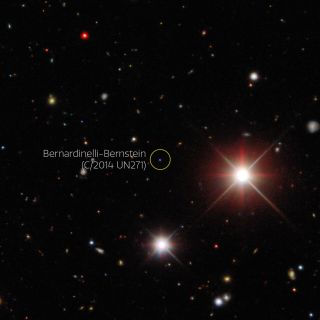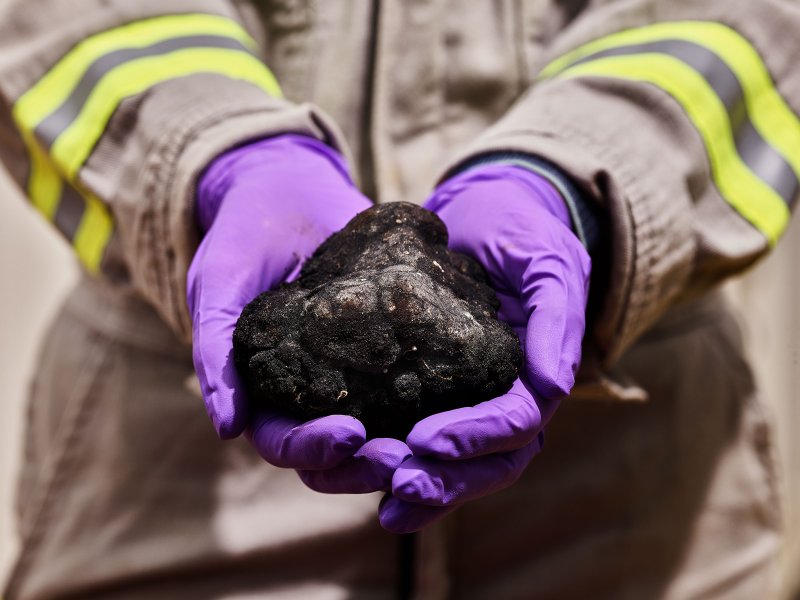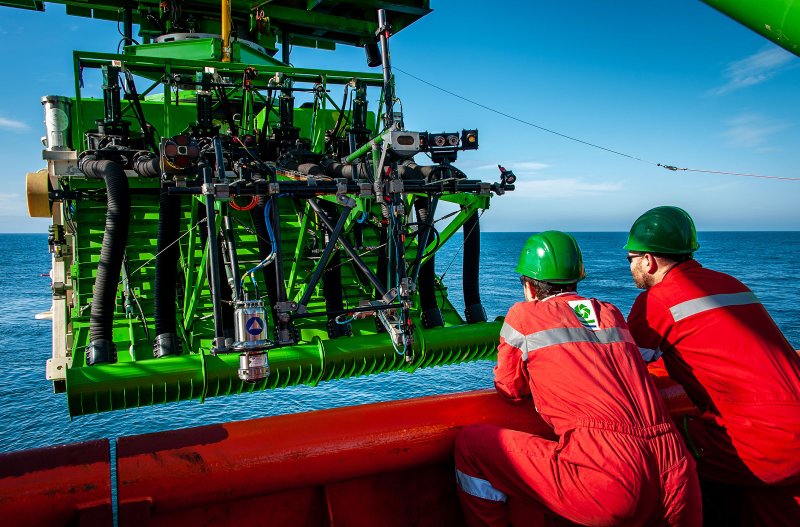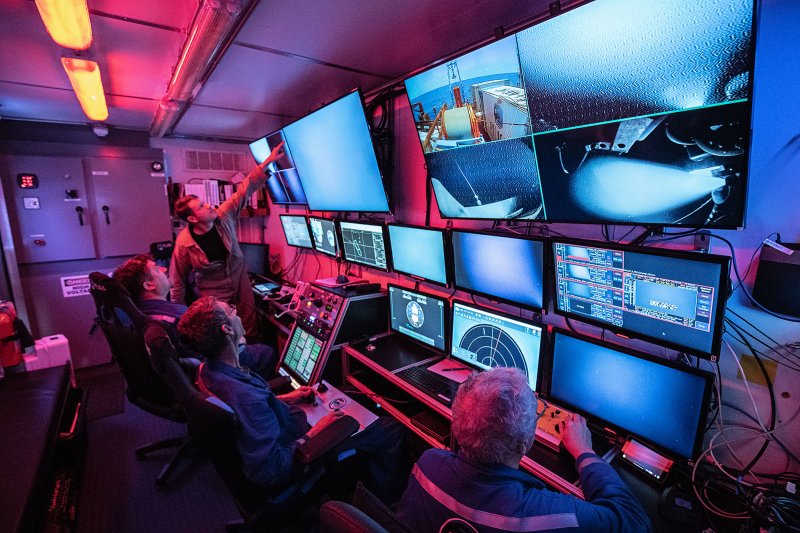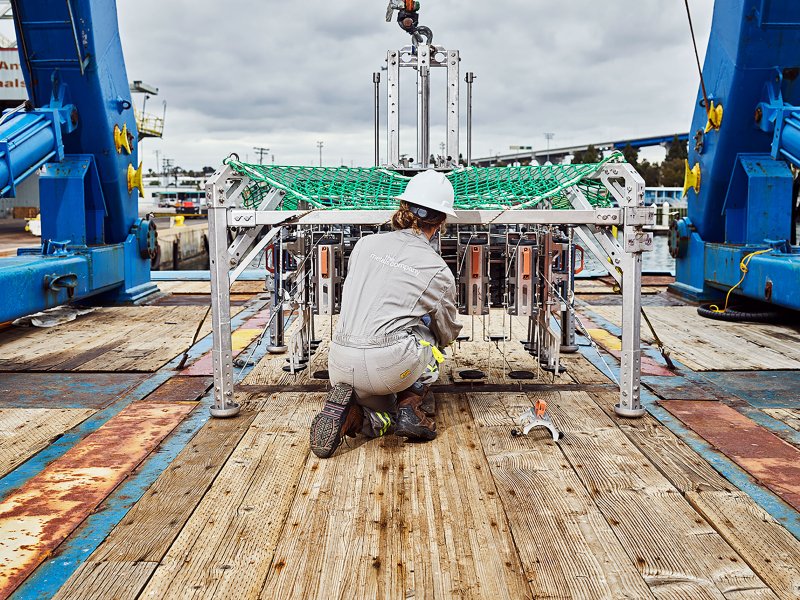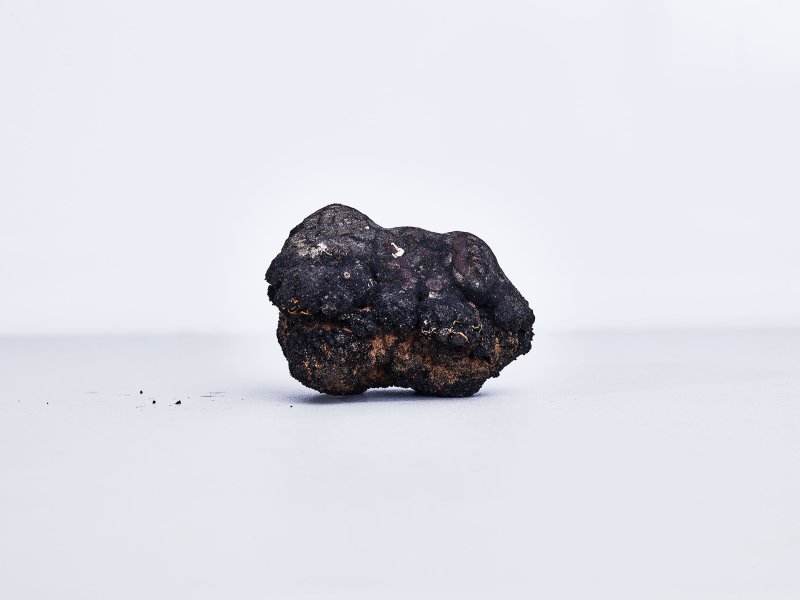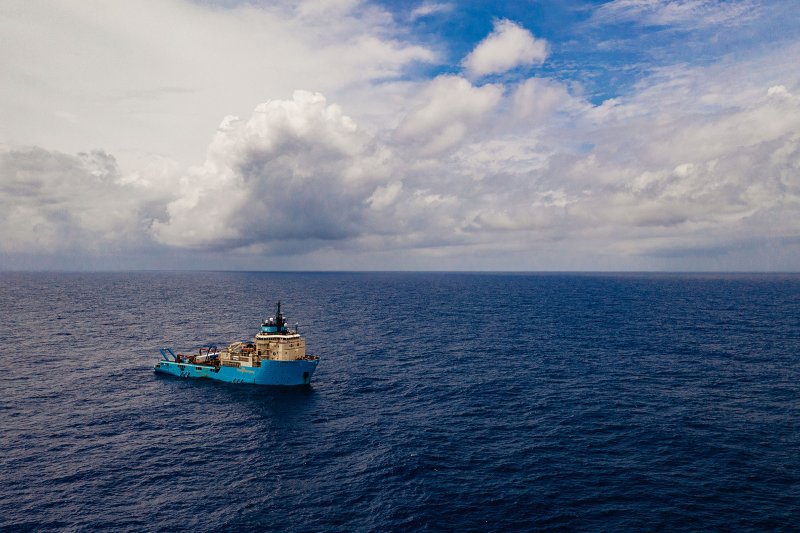9/11: Remembering the irredeemable
- Hagop Kevorkian Professor of Iranian Studies and Comparative Literature at Columbia University.
![Smoke pours from the former site of the World Trade Center in Manhattan September 12, 2001 from a vantage point in Hoboken, NJ [Chris Hondros/Getty Images]](https://www.aljazeera.com/wp-content/uploads/2011/09/2011958255189734_20.jpeg?resize=570%2C380)
![Smoke pours from the former site of the World Trade Center in Manhattan September 12, 2001 from a vantage point in Hoboken, NJ [Chris Hondros/Getty Images]](https://www.aljazeera.com/wp-content/uploads/2011/09/2011958255189734_20.jpeg?resize=570%2C380)
On Tuesday, September 11, 2001, I woke up habitually early. I started reading and writing while still in bed, blissfully unaware of what was happening just a few kilometres away in downtown Manhattan. Our Upper West Side apartment on the Columbia University campus in New York is quietly tucked away from the rambunctious downtown and commercial midtown in a pleasant residential area that might as well be in rural Scandinavia.
My landline rang (back then, cell phones were just a bizarre oddity and we still used old-fashioned landlines to communicate). It was a friend with worry in his voice. He asked if I was OK, and when I told him I was fine, he instructed me to turn on my TV.
When the TV screen lit up, I saw that our city was under attack. The magnificent Twin Towers of the World Trade Center had been hit by aeroplanes and were crumbling. People were running for their lives. I don’t remember the hour – time had stood still.
My thoughts immediately went back to April 15 of the same year, when I had taken my eldest daughter Pardis to the Windows on the World restaurant on top of the North Tower for her birthday. I remembered how we watched aeroplanes land on and take off from the nearby Newark airport. I remembered telling her, “Isn’t that bizarre, we watch planes landing and taking off under our feet!”
Half in disbelief half in despair, I got dressed and, along with a few other scared souls, started walking towards downtown where the attack had occurred. The streets were eerily empty. There was a bizarre hush about the city. We, New Yorkers, are noise addicts. Too much quiet gives us anxiety. That morning, there was too much quiet about the city. I started looking at the buildings on Broadway as if they were children who had just lost their parents downtown but were still unaware of it.
The small crowd of bewildered people I was part of stopped at Houston Street.
I saw some Japanese tourists collecting the dust of the collapsed Twin Towers from the cars parked in the street as souvenirs. Strange, I thought – the dust of bricks, cement, flesh, coffee cups, and the dreams of those who had perished.
I began reciting Omar Khayyam to myself:
Ah, make the most of what we yet may spend,
Before we too into the Dust descend;
Dust into Dust, and under Dust to lie
Sans Wine, sans Song, sans Singer, and – sans End!
The nobility of mourning
The following day, Wednesday, was a teaching day for me. When I went down to our campus, I saw that our students had been given coloured chalk and were drawing their fears and anxieties, their mourning, on the steps of the Low Library.
Mourning is not for the dead. Mourning is for the living. It is the virtuous art of living a noble life – the sacred ceremony of marking precious lives passing into eternity. It is when we mortals feel the immortality of our souls. What happens to cultures that have lost the civilising solemnity of mourning?
Only for the span of a day or two did people have the quiet canopy of their inner souls where they could sit and mourn the terror that had been visited upon our city. After that, Americans were hurriedly denied that noble space of mourning as they were rushed to take revenge against an amorphous enemy that was quickly manufactured for them. Before revenge, people need peace, they need time to sit still and quietly feel the fear of our troubled world. But war drums rose rapidly and silenced those quiet meditations.
On the 10th anniversary of 9/11, I wrote a piece for Al Jazeera, in which I shared with my readers a brief exchange I had with the eminent French philosopher Jacque Derrida during a public lecture he delivered at Columbia soon after the horrid event. On that day, Derrida was talking about the “the mourning of the political” – explaining to his audience that what we were witnessing in the US was not just the mourning of those who perished on 9/11, but that in fact, we were mourning the very notion of “the political” as we have known it. At the end of his speech, I asked him if he thought “the politics of mourning” we were witnessing in the city would perhaps preempt “the mourning of the political”. He pondered the question, but could not come up with a straight answer. He said he had no crystal ball.
“The politics of mourning”, and the drums of war, however, did soon overwhelm this moment when Americans might have been brought to the bosom of humanity at large and feel the pain of loss in places farthest removed from their sentiments but still within the range of their fighter jets.
The so-called “war on terror” so quickly and violently took over the politics of mourning 9/11 that this nation was denied any sense of tragic interiority. All was external, all was violent revenge – nothing was left for any meaningful reflection on what had actually happened.
Five years later, on the 15th anniversary of the events of 9/11, I revisited this idea in another article for Al Jazeera. I detailed how the triumphalist politics of mourning had preempted the possibilities of a mourning of the political.
Indeed, on each landmark anniversary of the event, cries of anger and revenge have overwhelmed the whispers of a much quieter space necessary to internalise the pain of others. As others have become more others, the soul of this nation has remained wondering where in this world it can cast its whereabouts.
From Cannes to Kandahar
Afghans and Iraqis have suffered for years the consequences of what Americans suffered on 9/11. They still suffer the consequences of that fateful day today. But who remembers 10/7 (the day the US invaded Afghanistan in 2001) or 3/20 (the day the US invaded Iraq in 2003) as they do 9/11? Imagining the pain of others is where the noble act of mourning your own loss begins.
There is one simple work of art that connected the worlds of the US and Afghanistan together at the time.
In May 2001, Iranian filmmaker Mohsen Makhmalbaf premiered his film, Kandahar, in Cannes. Despite receiving critical acclaim, the film initially did not make much of an impact in the US. In September of the same year, however, it assumed an entirely unanticipated importance. Soon after 9/11, I solicited the permission of Makhmalbaf and screened Kandahar at Columbia to widespread reception.
My purpose at the time was to place the tragic events in New York in the larger context of the region by seeking to form proximity and solidarity between the two cities of Kandahar and New York. But it was mostly a lost cause. The country was getting ready to declare war on Afghanistan – a war that even the most liberal and progressive Americans, like Richard Falk, considered just.
“I have never since my childhood supported a shooting war in which the United States was involved, although in retrospect I think the NATO war in Kosovo achieved beneficial results,” he wrote in an article for the Nation in October 2001. “The war in Afghanistan against apocalyptic terrorism qualifies in my understanding as the first truly just war since World War II.”
But the spectacle of violence staged on 9/11 was not apocalyptic, and the US invasion and occupation of Afghanistan would not remain limited in its vengeful disposition, as indeed Richard Falk himself feared and recognised. Wars generate and sustain their own militaristic logic and apocalyptic ends.
National tragedies abound in American history. From the Civil War to the assassination of Abraham Lincoln to the equally traumatic assassinations of John F Kennedy, Martin Luther King Jr and Malcolm X, all the way to the tragic events of 9/11, Americans had much occasion for grief and self-reflection throughout their country’s history.
The triumphalist militarism of the “war on terror”, the wanton cruelty of destroying two countries in revenge for the 9/11 attacks does not eradicate the empty hole that fateful day has left behind. It just conceals it. This country will never become a nation unless it learns the wisdom and the solace of mourning a national tragedy before reaching for its guns and fighter jets. That will never happen unless and until the life of an Afghan or Iraqi child becomes indistinguishable from that of an American child. Revenge does not heal a tragic hole in a people’s soul. It just denies it.
Downtown Manhattan is back to its crowded and busy self. 9/11 has become part of an iconic history people scarce remember. It has become like December 7, marking the Pearl Harbor attack in 1941. All the memorable American holidays like Memorial Day or Labor Day are those that can be adjusted to a Monday and thus transformed into a long weekend occasioned for people to take a break from their backbreaking routines. 9/11 will always remain a forgettable, irredeemable, working Tuesday, when for a brief moment the soul of this people feared what the world fears all the time.
The views expressed in this article are the author’s own and do not necessarily reflect Al Jazeera’s editorial stance.
 Hamid Dabashi is the Hagop Kevorkian Professor of Iranian Studies and Comparative Literature at Columbia University.Hamid Dabashi is the Hagop Kevorkian Professor of Iranian Studies and Comparative Literature at Columbia University. He received a dual PhD in Sociology of Culture and Islamic Studies from the University of Pennsylvania in 1984, followed by a postdoctoral fellowship at Harvard University. He wrote his dissertation on Max Weber's theory of charismatic authority with Philip Rieff (1922-2006), the most distinguished Freudian cultural critic of his time. Professor Dabashi has taught and delivered lectures in many North American, European, Arab, and Iranian universities. Professor Dabashi has written twenty-five books, edited four, and contributed chapters to many more. He is also the author of over 100 essays, articles and book reviews on subjects ranging from Iranian Studies, medieval and modern Islam, and comparative literature to world cinema and the philosophy of art (trans-aesthetics). His books and articles have been translated into numerous languages, including Japanese, German, French, Spanish, Danish, Russian, Hebrew, Italian, Arabic, Korean, Persian, Portuguese, Polish, Turkish, Urdu and Catalan. His books include Authority in Islam [1989]; Theology of Discontent [1993]; Truth and Narrative [1999]; Close Up: Iranian Cinema, Past, Present, Future [2001]; Staging a Revolution: The Art of Persuasion in the Islamic Republic of Iran [2000]; Masters and Masterpieces of Iranian Cinema [2007]; Iran: A People Interrupted [2007]; and an edited volume, Dreams of a Nation: On Palestinian Cinema[2006]. His most recent work includes Shi’ism: A Religion of Protest (2011), The Arab Spring: The End of Postcolonialism (2012), Corpus Anarchicum: Political Protest, Suicidal Violence, and the Making of the Posthuman Body (2012), The World of Persian Literary Humanism (2012) and Being A Muslim in the World (2013).
Hamid Dabashi is the Hagop Kevorkian Professor of Iranian Studies and Comparative Literature at Columbia University.Hamid Dabashi is the Hagop Kevorkian Professor of Iranian Studies and Comparative Literature at Columbia University. He received a dual PhD in Sociology of Culture and Islamic Studies from the University of Pennsylvania in 1984, followed by a postdoctoral fellowship at Harvard University. He wrote his dissertation on Max Weber's theory of charismatic authority with Philip Rieff (1922-2006), the most distinguished Freudian cultural critic of his time. Professor Dabashi has taught and delivered lectures in many North American, European, Arab, and Iranian universities. Professor Dabashi has written twenty-five books, edited four, and contributed chapters to many more. He is also the author of over 100 essays, articles and book reviews on subjects ranging from Iranian Studies, medieval and modern Islam, and comparative literature to world cinema and the philosophy of art (trans-aesthetics). His books and articles have been translated into numerous languages, including Japanese, German, French, Spanish, Danish, Russian, Hebrew, Italian, Arabic, Korean, Persian, Portuguese, Polish, Turkish, Urdu and Catalan. His books include Authority in Islam [1989]; Theology of Discontent [1993]; Truth and Narrative [1999]; Close Up: Iranian Cinema, Past, Present, Future [2001]; Staging a Revolution: The Art of Persuasion in the Islamic Republic of Iran [2000]; Masters and Masterpieces of Iranian Cinema [2007]; Iran: A People Interrupted [2007]; and an edited volume, Dreams of a Nation: On Palestinian Cinema[2006]. His most recent work includes Shi’ism: A Religion of Protest (2011), The Arab Spring: The End of Postcolonialism (2012), Corpus Anarchicum: Political Protest, Suicidal Violence, and the Making of the Posthuman Body (2012), The World of Persian Literary Humanism (2012) and Being A Muslim in the World (2013).

